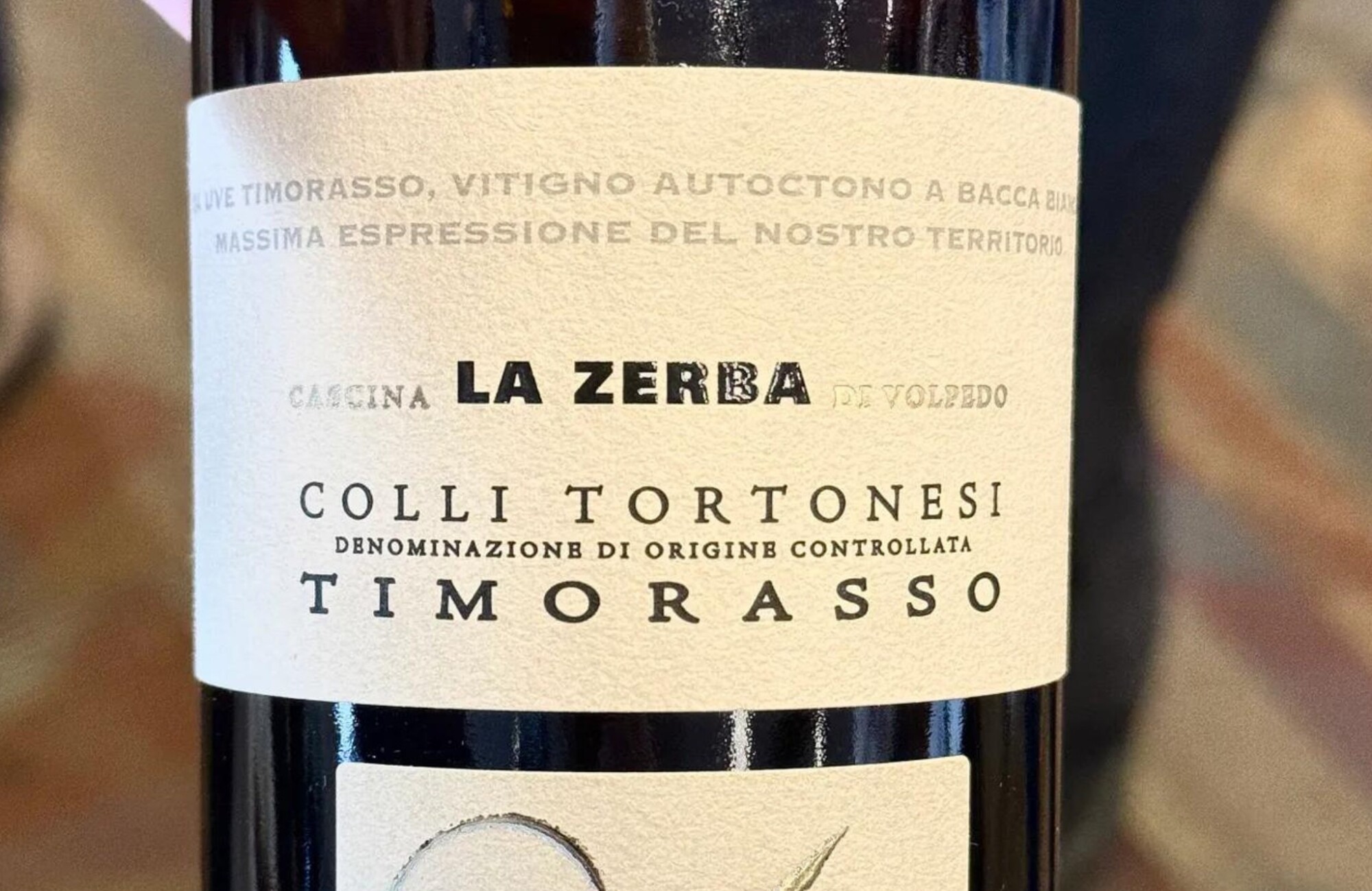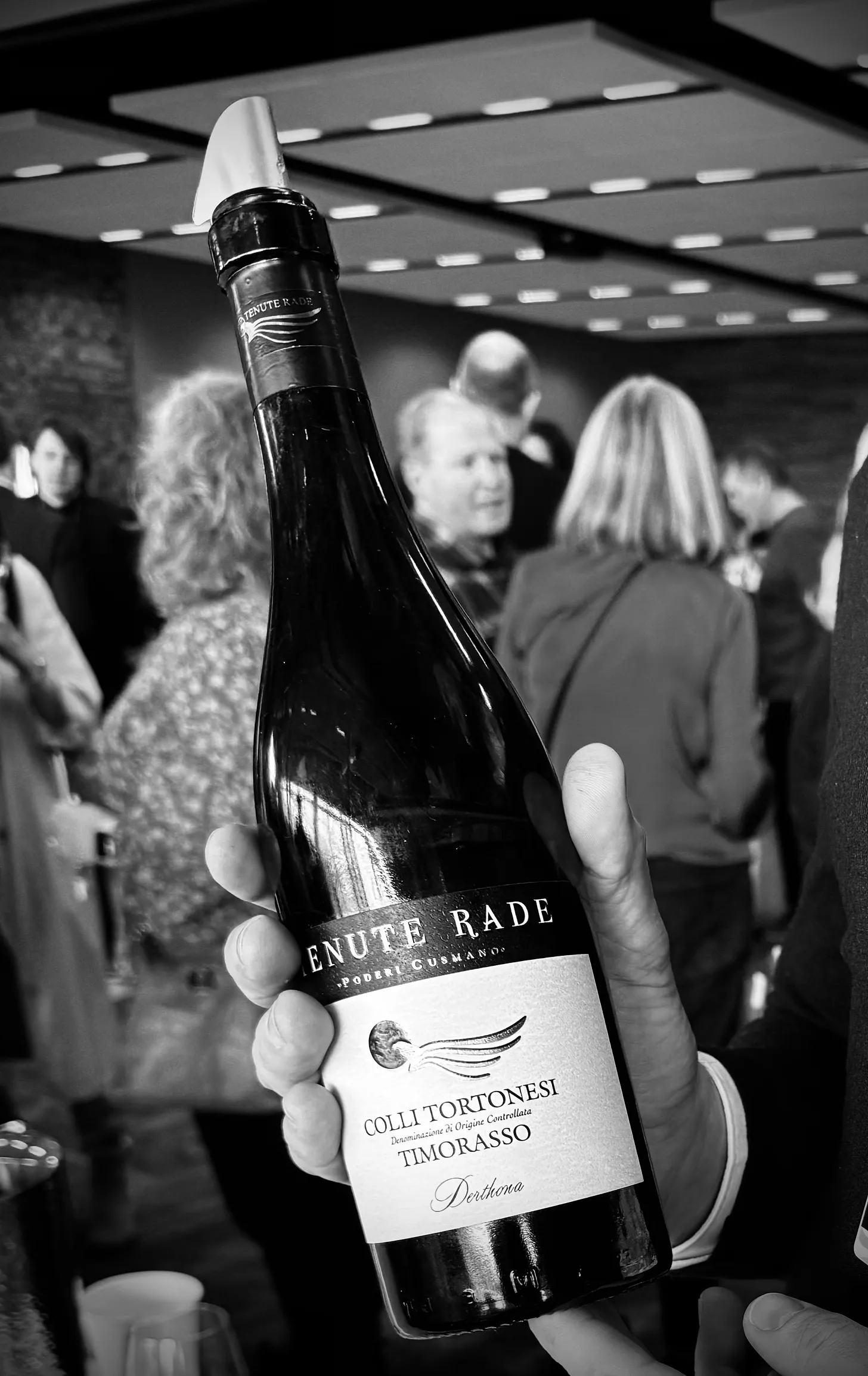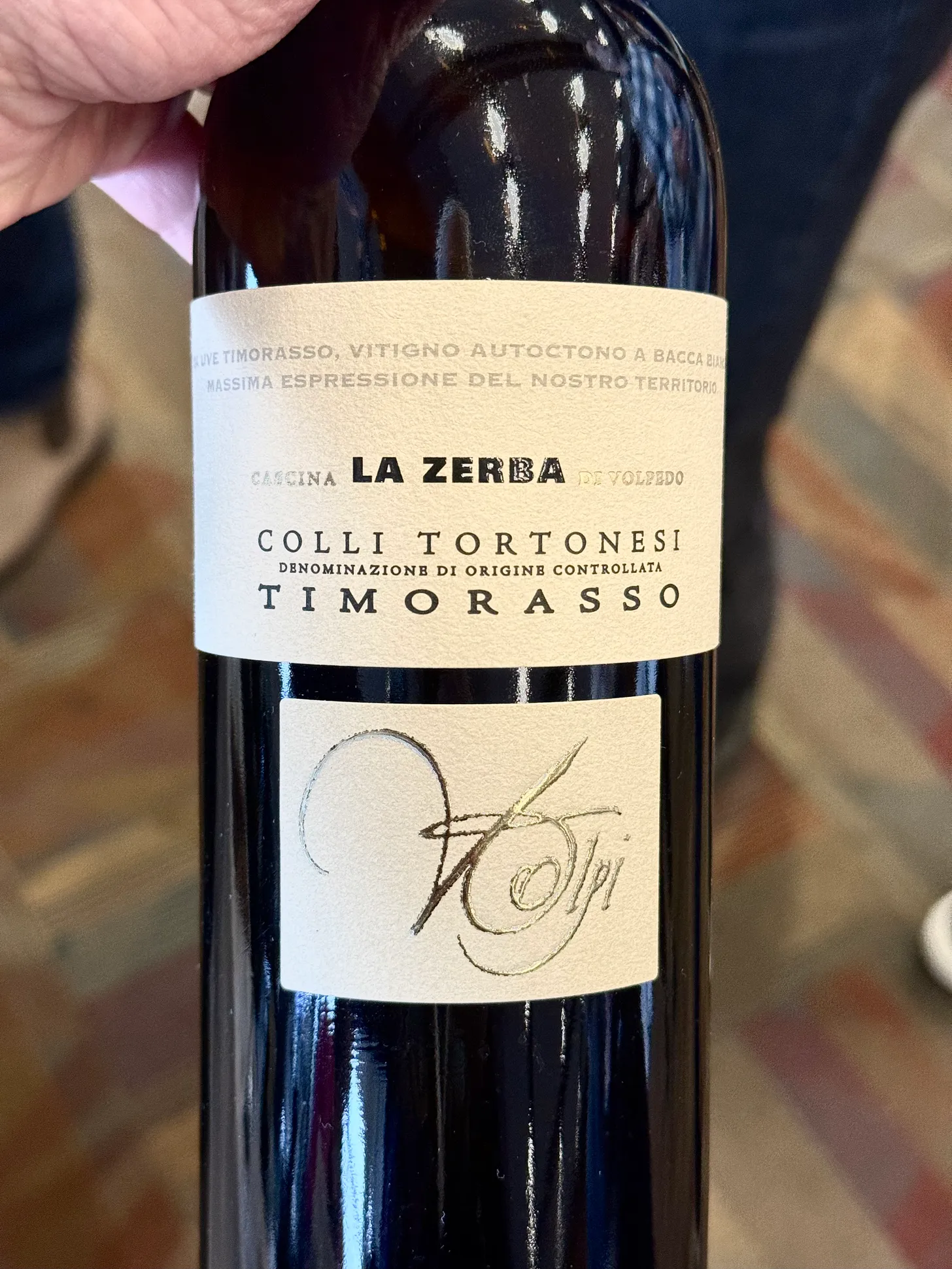Discovering Timorasso Wine: The “White Barolo”
Writer BJ Oudman at the 45th Vancouver International Wine Festival — Theme Region: “Italy”
I love wine. I especially love weird, wonderful, unique and well, different wines. I recently discovered my new favourite white that fits this category at the Vancouver International Wine Festival. While the masses swarmed the booths pouring famous Brunello, Amarone and super Tuscans, I searched the room for labels I did not recognize. There were a few, but the one that stood out for me was Timorasso.
Timorasso is a difficult grape to grow. It has a thick yellow/green skin and requires a long ripening season. It has a high level of acidity, but also aromatics and tannins, all of which come from the grape itself. It grows best in calcareous soil, higher up on hillsides for maximum sun exposure. It is prone to rot, so the wind that blows in from the Ligurian coast helps to ventilate the vines. Once harvested, the grapes are most often fermented and aged in stainless steel. Some producers are playing with skin contact, stirring the lees and aging in oak to develop even further complexity than what the grape itself imparts.
Timorasso can be drunk young but can morph into quite a different character with age. It becomes more unique, enhanced mineral and light petroleum qualities, with an oily and viscous structure. It is compared to Riesling and white burgundy in its age-worthiness, but to me, it more resembles an aged white Rhone wine.
My first taste of this unique varietal was from the well-known producer, Fontanafredda. I stopped at the table to try their Gavi di Gavi, but was smitten after my first sip of the Derthona Timorasso Colli Tortonesi 2022 ($33.99). It was crisp but full, chalky yet honeyed, and just that little bit of funk to catch my attention.
After that “first kiss”, I was on a mission to find all the other producers pouring this obscure elixir. Cantine Volpi offered up their organic 2021 Colli Tortonesi Timorasso($42.99). Fermented initially in stainless steel before aging in large old oak barrels increased the complexity of this surprisingly young wine.
Timorasso is a difficult grape to grow. It has a thick yellow/green skin and requires a long ripening season. It has a high level of acidity, but also aromatics and tannins, all of which come from the grape itself. It grows best in calcareous soil, higher up on hillsides for maximum sun exposure. It is prone to rot, so the wind that blows in from the Ligurian coast helps to ventilate the vines. Once harvested, the grapes are most often fermented and aged in stainless steel. Some producers are playing with skin contact, stirring the lees and aging in oak to develop even further complexity than what the grape itself imparts.
Timorasso can be drunk young but can morph into quite a different character with age. It becomes more unique, enhanced mineral and light petroleum qualities, with an oily and viscous structure. It is compared to Riesling and white burgundy in its age-worthiness, but to me, it more resembles an aged white Rhone wine.
My first taste of this unique varietal was from the well-known producer, Fontanafredda. I stopped at the table to try their Gavi di Gavi, but was smitten after my first sip of the Derthona Timorasso Colli Tortonesi 2022 ($33.99). It was crisp but full, chalky yet honeyed, and just that little bit of funk to catch my attention.
After that “first kiss”, I was on a mission to find all the other producers pouring this obscure elixir. Cantine Volpi offered up their organic 2021 Colli Tortonesi Timorasso($42.99). Fermented initially in stainless steel before aging in large old oak barrels increased the complexity of this surprisingly young wine.
My favourite discovery was from Cusmano Vini. Daniele Cusmano was happy to share his 2018 vintage Tenute RaDe Derthona – Timorasso DOC ($50), boasting it could be cellared for another 30 years. The Tenute RaDe line, produced from the best grapes of his family estate, is stirred on the lees for minimum six months (and up to three years) in stainless steel tank before release. It was the oldest and most complex of the three I tasted. It was medium yellow in appearance, with flavours of dried fruit and a detectable pleasantly bitter nuttiness on a very long finish. Although I was responsibly spitting, I chose to savour this particular glass. Not only was its taste delicious, but chatting with Daniele and listening to his passion for the grape increased the memorability of this wine, prompting me to add Piemonte to my list of wine regions to visit. In this case, revisit, as I stayed in Monferrato over ten years ago, sadly oblivious to this hidden gem!
The cost of Timorasso is high compared to other whites from Italy. However, pedigree and ageability warrant the price tag. Those labelled Derthona (Latin for Tortona, the region’s largest town), are made of 100% Timorasso grapes grown in the DOC Colli de Tortonesi and aged a minimum of one year. There are two other levels: Piccolo, aged six months and Riserva, aged minimum three years. In addition to the labels above, other producers of Timorasso that you may find on the shelves of private liquor stores are Vietti and La Spinetta. I went in search of Timorasso in my local Signature BC Liquor Store and was thrilled to find Tenute Montemagno Solis Vis Monferratto Bianco 2018. Priced at $35.99, it seems to be a deal. It does not state Derthona on the label, so I don’t expect the same structure and complexity as the offerings at VIWF, but I shall report back after I crack open the bottle.





